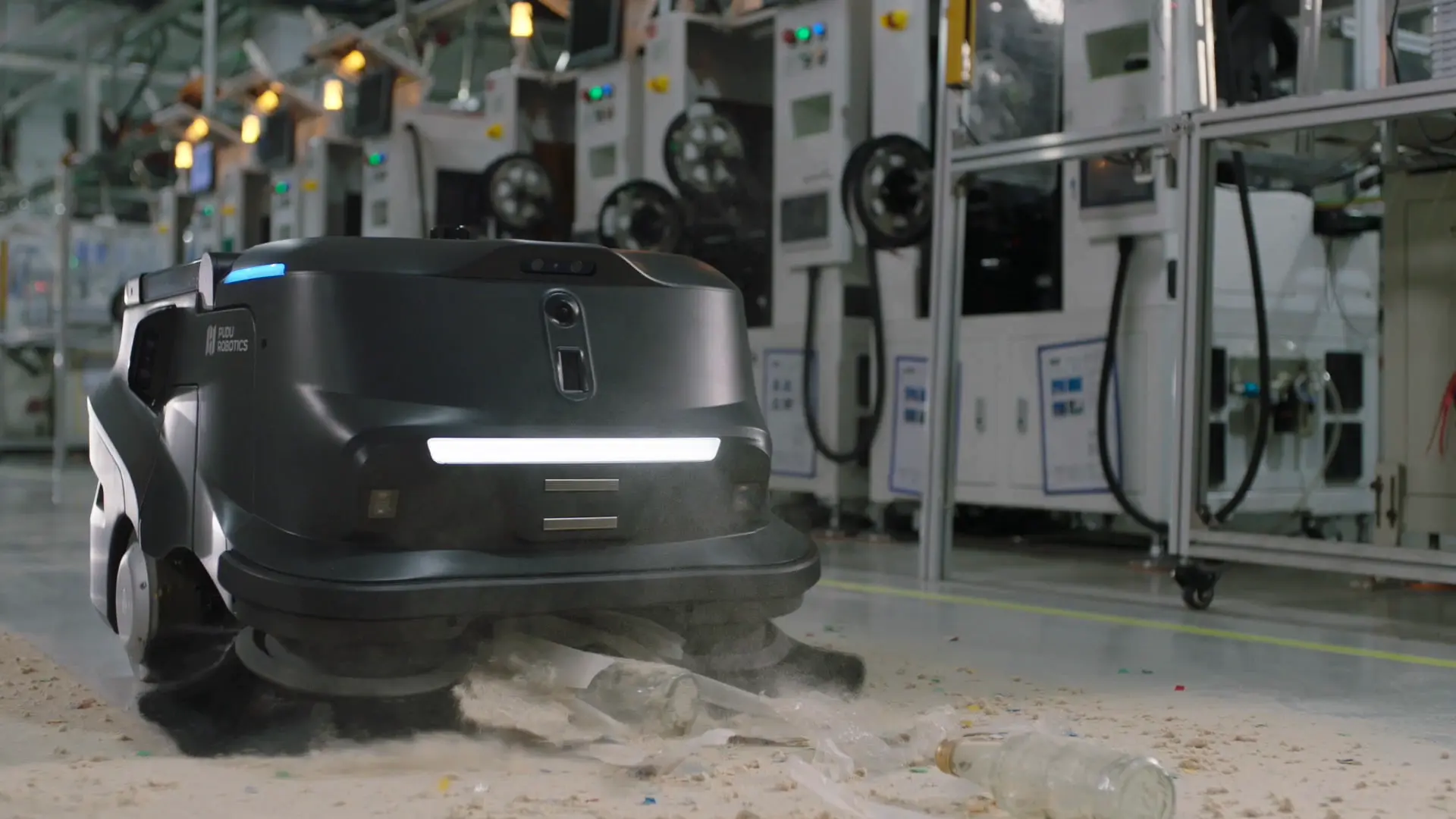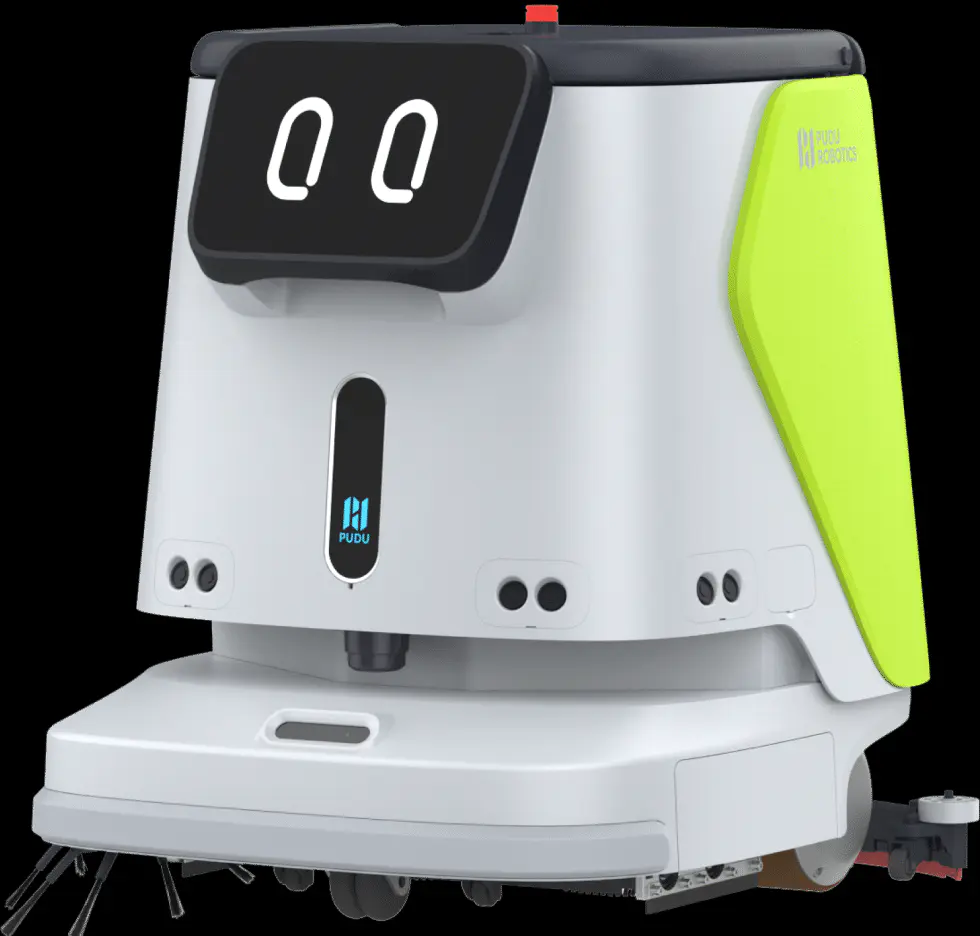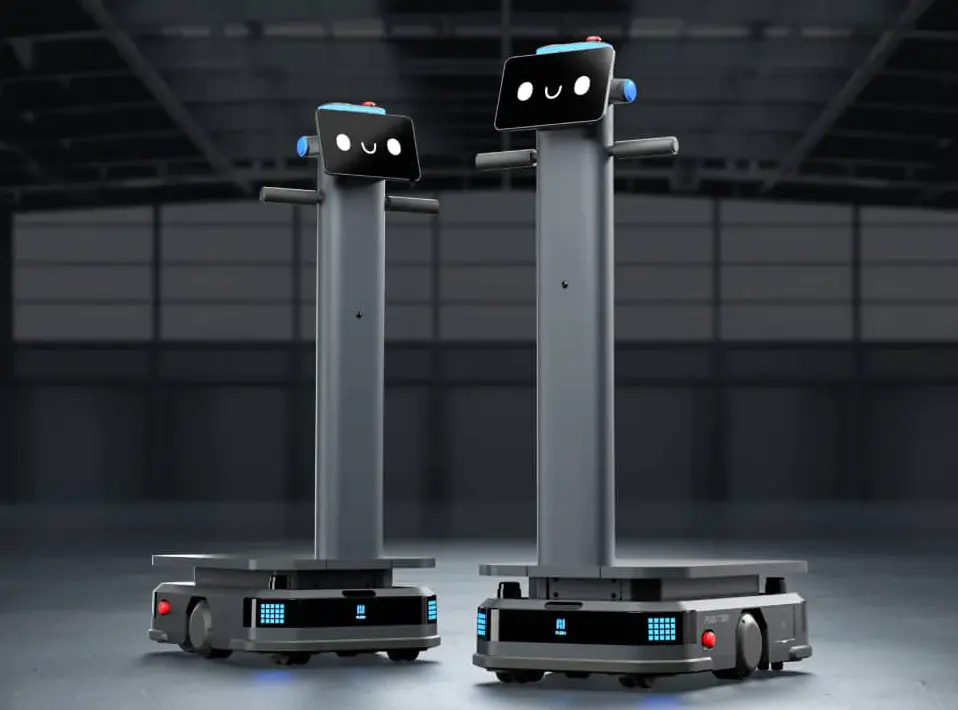Robot floor scrubber machines are equipped with various sensors and technologies that enable them to detect and avoid obstacles while navigating and cleaning. Here are some of the common methods and sensors used for obstacle detection and avoidance:
Ultrasonic Sensors: Ultrasonic sensors emit high-frequency sound waves and then listen for the echoes that bounce back. By measuring the time it takes for the sound waves to return, the robot can calculate the distance to nearby objects. If an object is detected within a predefined range, the robot can adjust its path to avoid a collision.
Infrared Sensors: Infrared sensors use infrared light to detect objects. They work by emitting an infrared beam and measuring the reflection. If an object is in the path of the beam, the sensor can detect it and signal the robot to change direction.
Bumper Sensors: Some robot floor scrubbers are equipped with physical bumpers or touch sensors. When these bumpers come into contact with an obstacle, they trigger a signal that tells the robot to stop and change direction.
Lidar (Light Detection and Ranging): Lidar sensors use laser light to create a 360-degree map of the robot's surroundings. By analyzing the data from the lidar sensor, the robot can detect obstacles, map its environment, and plan a safe navigation path.
Camera and Vision Systems: Some advanced robot floor scrubbers are equipped with cameras and computer vision systems. These cameras capture images of the surroundings, and the robot's software analyzes these images to identify obstacles and plan a safe route.
Collision Avoidance Algorithms: Robot floor scrubbers often use collision avoidance algorithms that combine data from multiple sensors. These algorithms process the sensor information in real-time to make decisions about how to navigate around obstacles while continuing to clean efficiently.
Virtual Boundaries: Operators can define virtual boundaries or no-go zones in the robot's programming. These boundaries are areas where the robot should not enter. If the robot approaches a virtual boundary, it will change direction to avoid crossing it.
Map-Based Navigation: Some robots use previously created maps of the cleaning area to navigate. If an obstacle is detected that is not on the map or if the robot's sensors detect a deviation from the map, it can adjust its path accordingly.
Obstacle Recognition and Machine Learning: Advanced robot floor scrubbers may incorporate machine learning and artificial intelligence techniques to improve obstacle recognition. Over time, the robot can learn from its interactions with the environment and become more adept at avoiding obstacles.
By using a combination of these sensors and technologies, robot floor scrubber machines can navigate complex environments, avoid collisions with objects and people, and efficiently clean large areas while ensuring the safety of both the equipment and the surrounding space.

 英语
英语 中文简体
中文简体f.jpg)

f.jpg)







